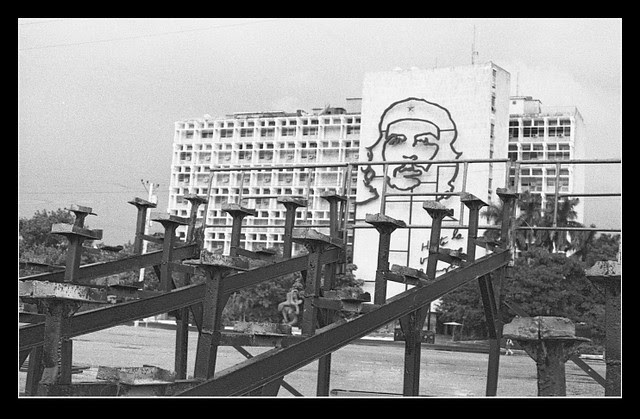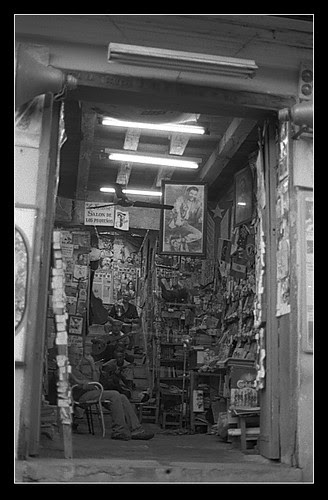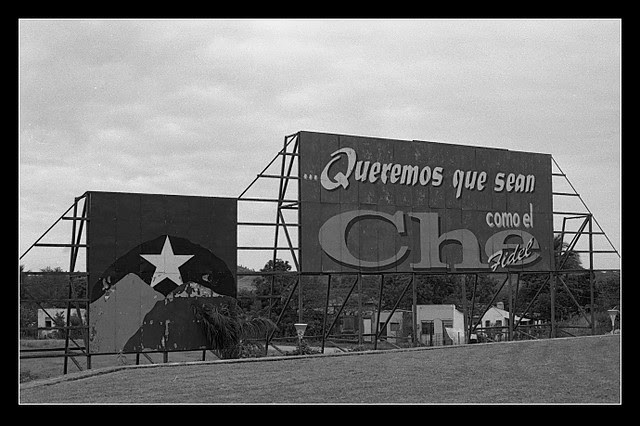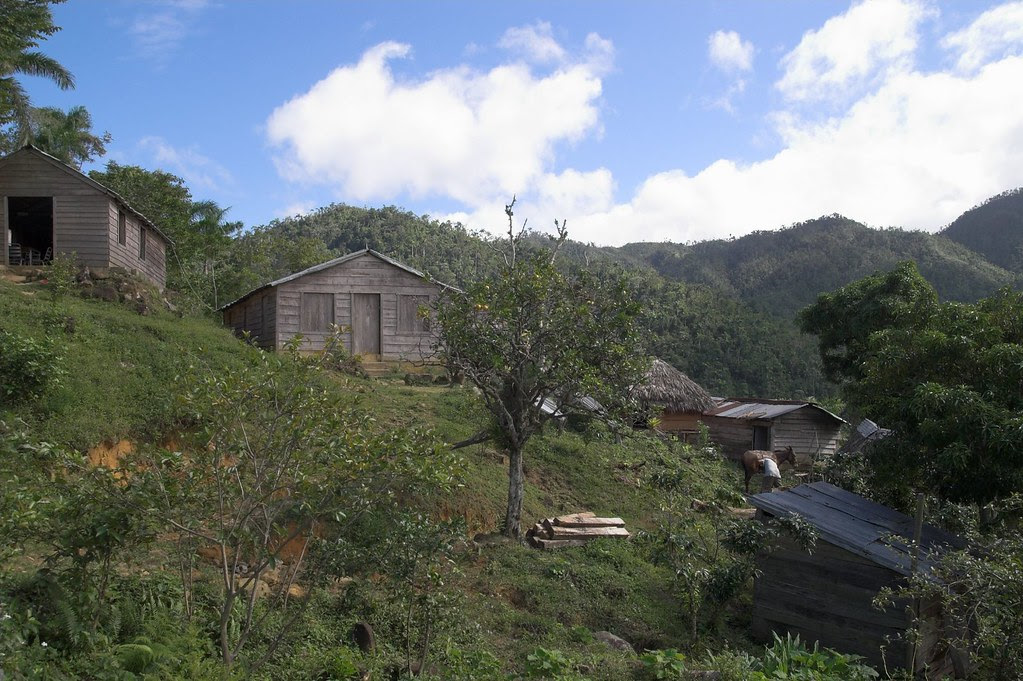.

Street football, Havana: photo by AL/EX, 7 April 2007
"The
penalty kick I blocked is going down in the history of Leticia," a
young Argentine wrote in a letter from Colombia. His name was Ernesto
Guevara and he was not yet "Che". In 1958 he was bumming around Latin
America. On the banks of the Amazon, in Leticia, he coached a soccer
team. Guevara called his travelling buddy "Pedernerita". He had no
better way of praising him.
Adolfo Pedernera had been the fulcrum of River's "Machine". This one-man orchestra played every position, from one end of the front line to the other. From the back he would create plays, thread the ball through the eye of a needle, change the pace, launch surprise breakaways; in front he would blow goal keepers away.
The urge to play tickled him all over. He never wanted matches to end. When night fell, stadium employees would try in vain to stop him from practicing. They wanted to pull him away from football but they couldn't, because the game wouldn't let him go.
Eduardo Galeano: from El fútbol a sol y sombra (Football in Sun and Shadow), 1995, English translation by Mark Fried, 1998





















7 comments:
Sport... the past... sweetness... the enduring sweetness of the past that was and that was imagined. When he becomes Che, he meets Fidel... baseball: Fidel has only arinky-dink curveball to go with mediocre velocity. So... Revolution.
"One-man orchestra": that's a great picture.
I love the light in that last shot. Reminds me of the games I couldn't be a part of (being bad at games).
Two little wooden goals, no nets, on a narrow street in Cuba. Maybe the kids with the ball are out of the frame. I never thought much about the connection between soccer (futbal) and revolution until this post.
-David
That last photo, with the makeshift goals in the street, does occupy the mind a while. I'm obviously counting on there being a ball in it, even if it has to be imported via the old hidden ball trick.
I'm going blind, so, in the complete absence of revolutionary spirit, there's a possibly (?) compensatory element of mystery, not to mention pure wish, in my photo searching determinations these days. But six times out of every ten views of that shot, I conclude that the shirtless fellow at right, between the two phone or power poles, leaning down toward the wall, is bending to pick up... the ball.
And if not the ball, I ask you, what then is it?
Bad at games can define a life.
In a pick-up match among no-accounts of all nations I was put at left back, with the idea being to keep me out of the way -- but of course, the ball always finds you.
In baseball I had always been put at first base, hopefully out of sight, until that very high pop-up, the one that seemed to have got lost in the light tower, landed at my feet, as runners circled the bases.
The last time I tried to kick a ball was at the time of the 2002 World Cup. Even my extremely patient Brazilian friends were embarrassed for me. They all had Ph.D.'s, yet were quite adroit in a friendly kickabout.
But at that time I had no idea what lay ahead, the vistas of total cripplehood as yet beyond my ken.
But to get back to Cuba (I'm about as likely ever to get there as I am to get down the stairs again), the feeling of a society contained within a frame of no-frills elemental basics (Logistica) -- and the way, even in such a frame, ironic humour is possible, at least from the POV of the bemused witness (Agenda 21) -- seemed relevant at the moment, if only because the corporate sponsorship and media barrage of the World Cup would give an outer-space observer to believe nothing like this still exists in the world.
Among the major markets in any case.
Tom,
You're absolutely right about the guy on the right is retrieving the ball. In fact, the more I look the more I like the way there is no out of frame or out of bounds in this beautiful photograph. Pedestrians stroll through the pitch, the game pauses, one presumes, and life and game go on.
-David
Yes, that's what so lovely about it -- life, that is. It has a way of organizing itself that's quite apart from the ways that might be conceived by FIFA, Coca-Cola or anybody else.
The little strip of street being used as a pitch is a brief flat stretch, with a fairly steep decline beyond, so that if the ball were to remain stationary for even a moment, it would have to be placed with care in a relatively level spot, so as not to roll away, and down the hill.
I reckon that may explain what we're seeing -- the temporarily "parked" ball being retrieved in much the same no-big-deal fashion one would have imagine to have been prevailing anyway, in this common street game.
(Not a single Soccer Mom or suburb-friendly SUV in sight!)
The photographs are utterly arresting and memorable. Curtis
Post a Comment